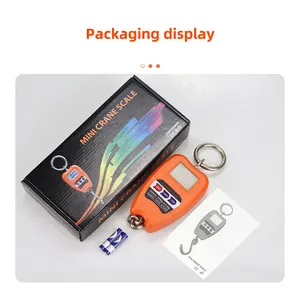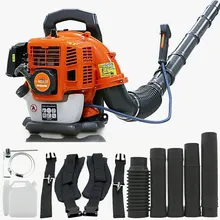Exploring Crane Hook Material Essentials
The crane hook material is a critical component in the lifting industry, providing the necessary connection between the lifting device and the load. This material is not just a piece of metal; it's an engineered product designed to ensure safety and efficiency in various lifting operations. The selection of the right crane hook material is paramount, as it directly influences the hook's performance and longevity.
Types and Applications of Crane Hooks
Understanding the different crane hook block types is essential for selecting the appropriate hook for specific applications. From the tower crane hook block designed for vertical lifting to the jib crane hook used in horizontal movement, each type serves a unique purpose. The pallet hook for crane applications, for instance, is tailored for material handling and pallet lifting, offering a practical solution for warehouses and construction sites.
Material Properties and Composition
The crane hook material properties determine its ability to withstand the stresses of lifting. Factors such as tensile strength, ductility, and fatigue resistance are crucial. The crane hook material composition typically includes alloy steels that provide a balance between strength and toughness, enabling the hooks to carry heavy loads without failure.
Selection Criteria for Crane Hook Material
Choosing the right crane hook material selection involves understanding the operational environment and load requirements. The material used for crane hook manufacturing must align with the specific needs of the lifting task, whether it's for a standard hook of eot crane or a custom application. Factors such as environmental conditions, load capacity, and safety standards play a significant role in this selection process.
Manufacturing Techniques and Durability
The manufacturing process of crane hooks, such as those manufactured by method of forging or casting, significantly affects their quality and durability. Advanced manufacturing techniques ensure that the crane hook material maintains its integrity even under extreme conditions, thereby enhancing the safety and reliability of lifting operations.
Conclusion
In conclusion, the crane hook material is a fundamental aspect of lifting equipment that requires careful consideration. By understanding the various types, properties, and selection criteria, one can ensure that the chosen hook meets the demands of specific lifting tasks, thereby promoting operational efficiency and safety.











































 浙公网安备 33010002000092号
浙公网安备 33010002000092号 浙B2-20120091-4
浙B2-20120091-4